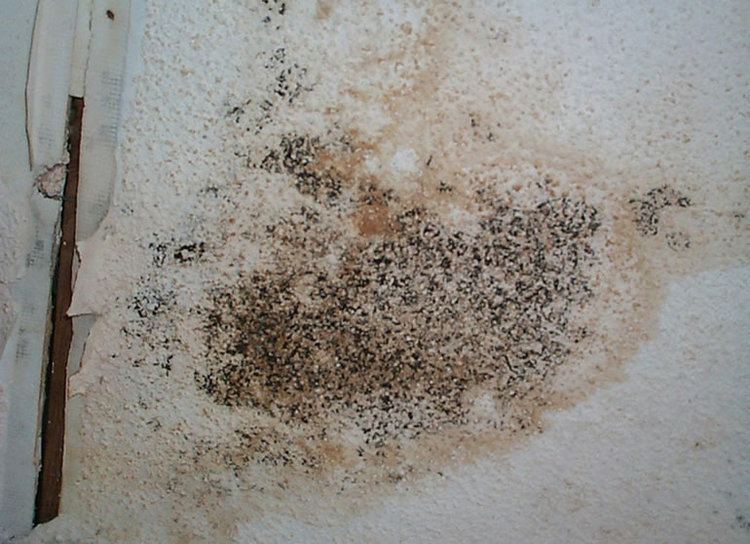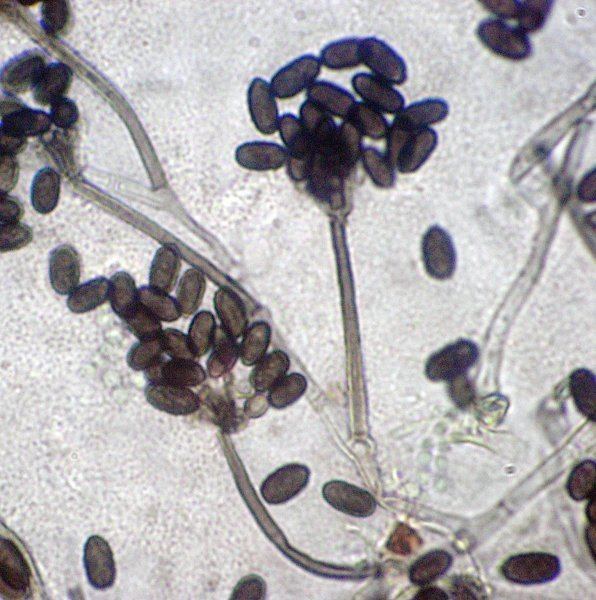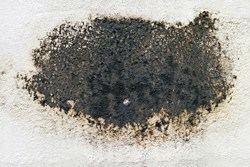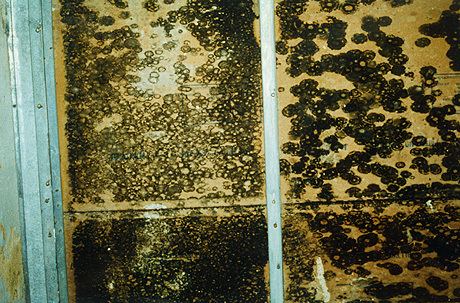Kingdom Fungi Scientific name Stachybotrys | Family Stachybotryaceae Higher classification Stachybotryaceae Rank Genus | |
 | ||
Similar Stachybotrys chartarum, Cladosporium, Penicillium, Chaetomium, Alternaria | ||
Stachybotrys fungi kingdom
Stachybotrys (Stak-ē-bot′ris) is a genus of molds, hyphomycetes or asexually reproducing, filamentous fungi. Historically, it was considered closely related to the genus Memnoniella, because the spores are produced in slimy heads rather than in dry chains. Recently, the synonymy of the two genera is generally accepted. Most Stachybotrys species inhabit materials rich in cellulose. The genus has a widespread distribution, and contains about 50 species. The name comes from the Greek words "stakhus" (ear of grain, stalk, stick; σταχυς) or "stachy" (progeny) and "botrus" (cluster or bunch as in grapes, trusses; βότρυς).
Contents
- Stachybotrys fungi kingdom
- Toxic black mold stachybotrys effects on skin close up
- Removal
- Symptoms of Stachybotrys exposure in humans
- Species
- References

The most infamous species, S. chartarum (previously known as S. atra) and S. chlorohalonata, are known as "black mold" or "toxic black mold" in the U.S., and are frequently associated with poor indoor air quality that arises after fungal growth on water-damaged building materials. According to the Center for Disease Control and Prevention, "The term 'toxic mold' is not accurate. While certain molds are toxigenic, meaning they can produce toxins (specifically mycotoxins), the molds themselves are not toxic, or poisonous. Hazards presented by molds that may produce mycotoxins should be considered the same as other common molds which can grow in your house."

Toxic black mold stachybotrys effects on skin close up
Removal
The CDC recommends using soap and water or bleach to remove the mold.
Symptoms of Stachybotrys exposure in humans

A controversy began in the early 1990s after analysis of two infant deaths and multiple cases in children from the poor areas of Cleveland, Ohio, due to pulmonary hemorrhage were initially linked to exposure to heavy amounts of Stachybotrys chartarum. Subsequent and extensive reanalysis of the cases by the United States Centers for Disease Control and Prevention have failed to find any link between the deaths and the mold exposure.
Species

